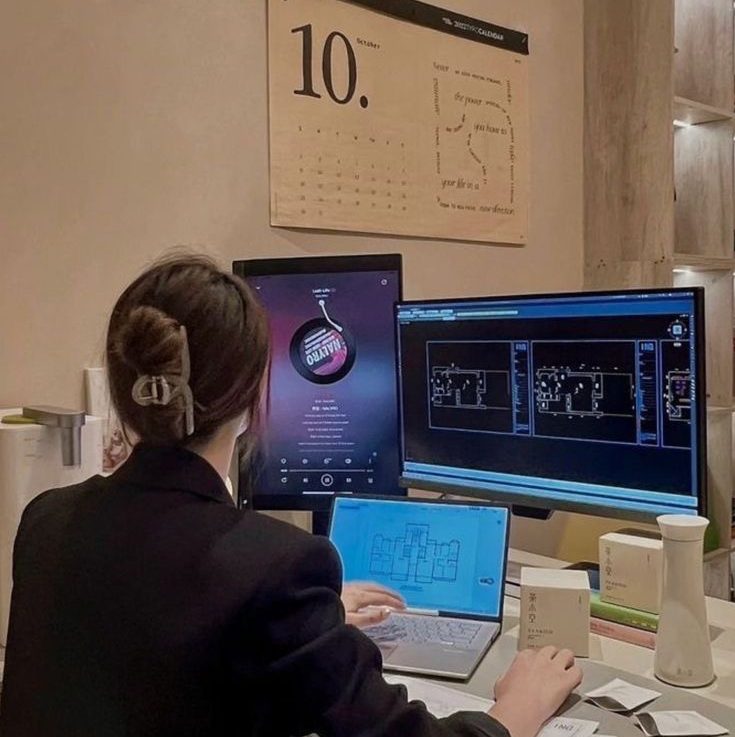Basically, in determining an inverter for renewable energy, paying attention to inverter voltage is an important component in choosing an inverter that is suitable and can meet all your energy needs. High voltage inverter is an important device in the sustainability of renewable energy systems on a medium to large scale. Due to its ability to handle high voltages, its use allows the operation of devices with large loads while ensuring precise control and optimal energy efficiency.
This article will discuss the definition, working principles, characteristics, and benefits of using high voltage inverter in renewable energy systems.

What is High Voltage Inverter?
Generally, a high voltage inverter is a type of inverter voltage that works by converting direct current (DC) into alternating current (AC) at high voltage. This high-voltage inverter device is usually used for large-scale applications, due to its reliability in supporting large loads with high voltage such as industrial machinery, power grids, or renewable energy systems.
Working Principles of High Voltage Inverter

High-voltage inverters work by converting DC current into AC at high voltage. DC current is obtained from DC energy sources such as solar panels, batteries, wind turbines, and various other DC sources. Then, the DC current obtained will be disconnected quickly by the IGBT and MOSFET semiconductor components contained in the inverter to maximize the conversion process and minimize power loss during the conversion process. The PWM in the inverter works to generate AC waves with the desired frequency and voltage as needed. Then, the high-voltage AC generated from the conversion process can be used to operate various heavy loads, such as industrial motors or power grids.
Characteristics of High Voltage Inverter
High-voltage inverters have a variety of characteristics, here are some characteristics of high-voltage inverters, such as.
High Operating Voltage
The main characteristic of a high-voltage inverter is that it has a high operational voltage. This type of inverter is designed to be able to handle high voltages that can reach hundreds or thousands of volts.
High Energy Efficiency
High Voltage Inverters are usually equipped with advanced technology in the form of semiconductor inverter IGBT (Insulated Gate Bipolar Transistor) or MOSFET which serves to minimize large power losses from the conversion process.
Large Power Capacity
Has a large power capacity that can deliver large power to operate a variety of heavy devices such as industrial motors or power supplies in power plants.
Control Intelligence
High voltage inverters are usually equipped with intelligent control algorithms in the form of PWM (Pulse Width Modulation) which can make the inverter produce AC waves more stable and can adjust to the power requirements that are needed.
Fast Switching Ability
Has fast switching capabilities because it is equipped with IGBT, MOSFET, and PWM so it has the ability of fast modulation techniques to produce stable and reliable high-voltage AC power.
The Advantages of Using High Voltage Inverter

The use of high voltage inverters in renewable energy systems that are already owned can provide various benefits, such as cost savings because high voltage inverters have a high level of efficiency to make the power conversion process much more optimal and able to minimize power losses, as well as reduce operational costs in the long run.
In addition to reducing power losses and reducing operational costs, high voltage inverters can also run large loads and can be used for a variety of applications from small to large scale.
Using high-voltage inverters can also support World Cleanup Day programs, where using renewable energy systems that are environmentally friendly can help reduce carbon emissions that have developed on Earth.
JOEYOUNG High Voltage Inverter

JOEYOUNG as one of the leading solar inverter manufacturers presents a high-voltage inverter solution that can be used for various applications on small, medium, and large scales. JOEYOUNG’s off-grid three-phase inverter equipped with high voltage has several advantages, including.
- Has a peak power output voltage ranging from 8000VA to 24,000VA.
- Integrated with MPPT with an efficiency rate of 99.9%.
- Equipped with a security system through software and hardware.
- Equipped with various safety features that have been approved.
- Output wave is pure sine wave which is stable and clean.
- Equipped with IP65 protection that works in every environment condition.
- Ease of installation and use.
Frequently asked questions
The difference between standard inverters and high voltage inverters is in terms of application. Generally, standard inverters are used for small to medium voltage applications such as residential, so they are designed to have voltage magnitudes ranging from 12V to 48V. While high voltage inverters are commonly used for larger, high-voltage system applications that have voltage ranges ranging from hundreds to thousands of volts.
IGBTs and MOSFETs are generally used as automatic switches that function to break and connect the current during the conversion process. IGBTs create energy efficiency that can endure high voltage and large power applications. Meanwhile, MOSFETs are used to switch fast at medium to low voltages.
How to maintain a high-voltage inverter is to ensure that the cooling system continues to function properly, then carry out regular checks to detect component damage, and finally make sure the inverter is not exposed to power surges or excessive current.

This article explore about key differences between UPS vs Inverter, and highlight the pros and cons of both tools to help you choose the right option for your needs.

Here is an inverter purchase guide for you who are interested in starting to use a clean and environmentally friendly electricity system.

Deciding which inverter is best for your application can be tricky and challenging, so this article will answer your question “what size of power inverter do I need?”, how to calculate, and several related informations.



